Demystifying HVO
HVO’s role in reducing the environmental impact of the yachting industry…
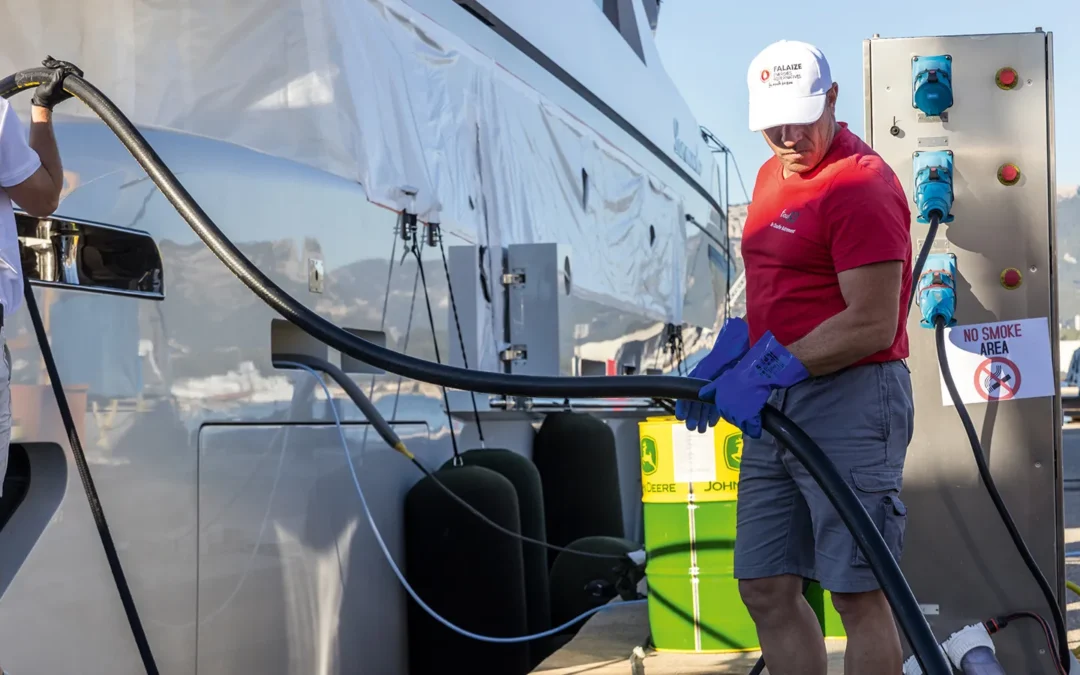
Here, Water Revolution Foundation’s environmental expert Awwal Idris explores HVO as an opportunity for transition and its potential role in reducing emissions within the superyacht industry, including specific examples for superyachts.
The internal combustion engine, mostly powered by fossil fuels, is still the primary energy source for many industries, including boating and yachting. But as our society evolves and the scientific community reliably measures the impact of our reliance – its significant pollution and greenhouse gas emissions – our industry is at the forefront of responding to the urgent need for new technology and policy changes.
Phasing out diesel
In Europe and throughout the world, diesel engines are widely used for their greater efficiency, which allows them to produce 10 to 40 per cent less CO2 than gasoline engines. However, diesel engines struggle to meet strict emissions standards, such as the International Maritime Organization Tier III, which sets limits on nitrogen oxide (NOx) emissions from marine diesel engines.
This challenge arises from the unique operational hours of yachts, which often involve prolonged periods at low-engine regimes. As a result, emissions control systems like selective catalytic reduction (SCR) – which need to attain a high temperature for efficacy (240°C -450°C) – are less effective in reducing NOx and particulate pollution. Most yachts with engines above 130kW would need a modern SCR system to meet Tier III regulations when operating in designated Emission Control Areas (ECAs), where strict NOx limits apply.
Plant-based biofuels offer a promising way to reduce emissions. Bio-diesel, often called FAME (fatty acid methyl esters), a first-generation biofuel, is the most common alternative to regular diesel. It’s made from crops such as soy or rapeseed using a process called transesterification. Biodiesel helps reduce pollutants such as carbon monoxide, unburned hydrocarbon (HC) and particle emissions. However, it does have drawbacks: it breaks down more easily, performs poorly in cold weather and can damage fuel-system parts.
Due to these issues, the EU limits biodiesel blends with regular diesel to a maximum of 7 per cent. Hydrotreated vegetable oil (HVO) – a paraffinic fuel made from diverse bio-based feedstocks (second generation), such as plant oils, animal fats and waste materials – avoids many of biodiesel’s problems. Made by treating vegetable oils with hydrogen, HVO produces fuel similar to regular diesel but without sulphur or other pollutants. Making HVO is also cheaper than making biodiesel and it works easily in standard diesel engines without any modifications required.
One major advantage of using HVO as fuel is the significant reduction in CO2 emissions it offers
Prominent engine manufacturers active in yachting have recently certified most of their engine models for HVO. In fact, HVO can be mixed with diesel in any amount or even used 100 per cent on its own without major engine adjustments. Many research studies1,2 have highlighted the potential advantages of HVO with respect to FAME and regular diesel.
What is HVO?
Hydrotreated vegetable oil, commonly known as HVO, is a renewable fuel produced from feedstocks such as vegetable oils, waste fats and animal fats. HVO is created through a process that treats these feedstocks with hydrogen in the presence of a catalyst, removing oxygen and producing hydrocarbons similar to those in traditional diesel. The resulting fuel has properties that closely resemble fossil diesel but lacks sulphur and other harmful compounds like polycyclic aromatic hydrocarbons (PAHs), which are present in fossil diesel. HVO has a much lower carbon footprint over its entire lifecycle because it uses renewable resources and emits fewer greenhouse gases (GHGs).
The key benefits of HVO
One major advantage of using HVO as fuel is the significant reduction in CO2 emissions it offers. Here’s an example: let’s assume a superyacht operated for about 1,500 hours and consumed 300 litres of fuel per hour. If this superyacht runs on conventional diesel, its CO2 emissions would be around 1,205,380kg CO2. This is roughly equivalent to the emissions of 903 average European new passenger cars or the annual carbon footprint of about 166 European citizens [see here for calculation details].
It’s important to note that these emissions account only for diesel combustion in the yacht’s engines used for propulsion and don’t include the generators for the ‘hotel power’ – essentially the non-propulsion needs on board, such as heating, cooling, lighting and appliances, all of which are vital to the comfort and functionality of the vessel. If we were to factor in both propulsion and hotel power, the total emissions would, on average, double. When viewed in the context of the global superyacht fleet, these emissions highlight the importance of pursuing solutions that can mitigate emissions.
HVO offers a promising solution for reducing these emissions, with up to a 90 per cent reduction in CO2 emissions compared to fossil diesel over its entire lifecycle. This includes emissions from sourcing and production (well-to-tank) to combustion in the engine (tank-to-wake). The exact reduction percentage can vary based on factors such as feedstock type, production process and specific supply-chain emissions.
While HVO and diesel release comparable amounts of CO2 during combustion, the key difference lies in the source of the carbon. HVO emits biogenic CO2, which comes from plant-based materials that absorbed CO2 during their growth. This creates a short-term carbon cycle, where the CO2 released is reabsorbed through natural processes such as photosynthesis. In contrast, the CO2 from diesel combustion comes from fossil sources – carbon that has been locked away for millions of years. Once released, this ‘new’ CO2 remains in the atmosphere, adding to the long-term carbon load and contributing to climate change.
HVO’s lower carbon intensity is particularly evident in the well-to-tank stage, especially when sustainable, waste-based feedstocks are used. By switching to HVO with a conservative 80 per cent CO2 saving (well-to-wake), this example superyacht could save approximately 964,300 kg of CO2 – a reduction equal to the yearly emissions of about 133 EU citizens. This saving is also comparable to the emissions from around 723 average new European passenger cars.
The potential reduction in CO2 emissions achieved by transitioning to HVO demonstrates the significant positive impact low-carbon fuels can have on the yachting fleet industry’s overall carbon footprint. As more vessels adopt HVO, this shift could play a crucial role in advancing the sector’s decarbonisation efforts.
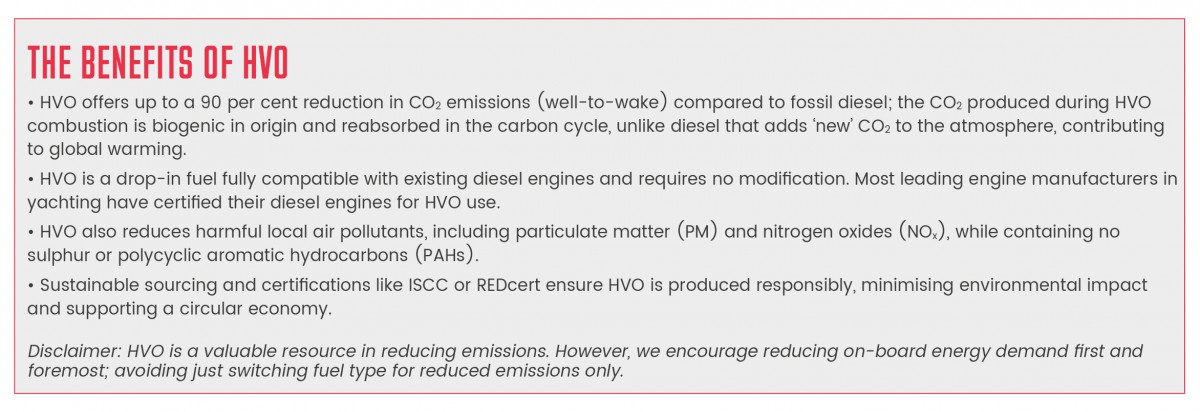
Renewable and sustainable feedstocks: HVO is produced from renewable sources, primarily waste oils and fats, which significantly reduces our reliance on fossil fuels. It’s important to differentiate between primary (or virgin) feedstocks, such as soybean or palm oil, and by-products from waste materials. Virgin feedstocks require considerable land, water and energy to produce, often leading to environmental concerns such as deforestation and competition with food crops.
In contrast, by-products such as used cooking oil (UCO) and animal fats are often discarded; using these materials not only minimises waste but also reduces the need for new resources. This approach helps achieve greater carbon savings because waste-derived feedstocks typically have lower life-cycle emissions. By prioritising these more sustainable options, HVO production supports a circular economy. Yet the secondary status of the feedstock is critical for this to work as such.
Less emissions: When used in diesel engines, HVO produces much less air pollution compared to regular diesel. HVO can cut carbon-dioxide emissions by up to 90 per cent (W-T-W, depending on its feedstock and production), reduce particulate matter by 40 to 80 per cent and lower nitrogen oxides (NOx) by an average of up to 8 per cent without any engine modification.3 Additionally, it contains no sulphur or PAH compounds, making it a cleaner alternative overall.
Compatibility with diesel engines: HVO can be used in existing diesel engines without modification, making it an immediately applicable solution for reducing emissions across the superyacht industry. This is particularly advantageous for the existing superyachts in the fleet, where environmental upgrades to on-board systems can add cost and complexity. HVO might come at an upcharge in some countries, but more adoption will result in lower costs. The yachting community can pioneer the uptake of HVO, allowing the larger society to benefit from increased availability and more competitive pricing.
Certification is critical
The Renewable Energy Directive (RED), introduced by the European Commission in 2008, sets mandatory sustainability standards for biofuels, including HVO. These standards establish minimum requirements for reducing GHG emissions and guidelines for assessing the risks of Indirect Land Use Change (ILUC) associated with different feedstocks.
When first-generation biofuels are produced from crops grown on existing farmland, the demand for food and feed crops doesn’t disappear. This can lead to increased food production in other areas, potentially resulting in land-use changes, such as converting forests into agricultural land, with deforestation, significant release of CO2 emissions and biodiversity loss as a result.
For second-generation biofuels such as HVO, these are produced from non-food sources, such as agricultural waste, wood chips and other residual biomass. Since they don’t rely on food crops, they typically have a lower impact on food supply and are less likely to drive land-use change for agriculture. However, if second-generation biofuel production scales up significantly, it could still indirectly influence land use by increasing demand for certain waste products or residuals, but this is still generally less impactful compared to first-generation biofuel.
HVO can be used in existing diesel engines without modification, making it an immediately applicable solution for reducing emissions across the superyacht industry
Certification for first-generation biofuel verifies that feedstocks are responsibly sourced, minimising competition with food crops and reducing negative land-use impact such as deforestation. It also verifies that the biofuel meets required GHG savings. For second-generation biofuels, certification guarantees that feedstocks come from non-food, waste or residual sources, helping avoid land-use changes related to food production. It ensures transparency and traceability in the supply chain, proving that materials are sustainably sourced.
To verify that biofuels (both first and second generation) are truly a sustain-able alternative to fossil fuels, RED II outlines specific criteria for the sourcing and environmental impact of biofuels sold in the EU. The key requirements under RED II are:
• Transport biofuels must achieve a GHG saving of at least 65 per cent compared to diesel.
• Biofuels used for electricity, heating and cooling need to have a GHG saving of at least 80 per cent.
Biofuel producers must obtain certification from an independent third party to demonstrate compliance with these standards. This certification process includes auditing the entire supply chain to ensure that sustainability and sourcing criteria are met. Additionally, producers and suppliers are required to submit regular reports to confirm ongoing compliance to the certification requirements and RED II regulations.
What this means for the superyacht owner or operator
For superyacht owners and operators looking to purchase HVO fuel, it’s essential to know what questions to ask suppliers when ordering HVO. Below are some key considerations for due diligence that yacht owners and operators should keep in mind or inquire about when sourcing HVO fuel:
Ask for a certification scheme recog-nised by the EU RED: There are several certification organisations that comply with RED II regulations and criteria. Some of the most well known include the International Sustainability and Carbon Certification (ISCC), REDcert and the Roundtable on Sustainable Biomaterials (RSB). These certifying bodies not only adhere to the standards set by RED II but they also engage independent third parties to conduct audits and certify compliance with both RED II and their own certification schemes. By choosing certified suppliers, you can ensure a thorough audit of the supply chain that aligns with regulations and contributes to real CO2 savings.
Request impact assessment documentation: More biofuel-producing companies are now focused on calculating the actual GHG emissions across their entire supply chain using a full life-cycle assessment (LCA) approach. This allows them to effectively communicate their environmental footprint to stake-holders and customers because lower emission-intensity fuels are increasingly advantageous for business owners. By reviewing this information, one can gain insight into the GHG savings associated with their biofuels, as well as the potential Indirect Land Use Change (ILUC) impacts linked to their supply chain. A low ILUC risk suggests that the production of biofuels didn’t interfere with food production or encroach on ecologically sensitive areas like forests.
As we work towards the goal of net-zero emissions by 2050, the operation of yachts is evolving. Using HVO can offer an immediate and significant reduction in emissions and is therefore highly recommended to be adopted widely by the international yachting community as the new fuel for yachts.
References
1. Hunicz, J., Krzaczek, P., Gęca, M., Rybak, A., & Mikulski, M. (2021). Comparative study of combustion and emissions of diesel engine fuelled with FAME and HVO. Combustion Engines, 60.
2. Dimitriadis, A., Natsios, I., Dimaratos, A., Katsaounis, D., Samaras, Z., Bezergianni, S., & Lehto, K. (2018). Evaluation of a hydrotreated vegetable oil (HVO) and effects on emissions of a passenger car diesel engine. Frontiers in Mechanical Engineering, 4, 7.
3. Bohl, T., Smallbone, A., Tian, G., & Roskilly, A. P. (2018). Particulate number and NOx trade-off comparisons between HVO and mineral diesel in HD applications. Fuel, 215, 90-101.
This article first appeared in The Superyacht Report – New Build Focus. With our open-source policy, it is available to all by following this link, so read and download the latest issue and any of our previous issues in our library.
NEW: Sign up for SuperyachtNewsweek!
Get the latest weekly news, in-depth reports, intelligence, and strategic insights, delivered directly from The Superyacht Group's editors and market analysts.
Stay at the forefront of the superyacht industry with SuperyachtNewsweek
Click here to become part of The Superyacht Group community, and join us in our mission to make this industry accessible to all, and prosperous for the long-term. We are offering access to the superyacht industry’s most comprehensive and longstanding archive of business-critical information, as well as a comprehensive, real-time superyacht fleet database, for just £10 per month, because we are One Industry with One Mission. Sign up here.
Related news
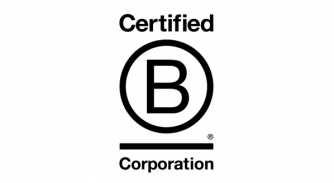
To B Corp or not to B
Sustainability Editor Megan Hickling explores how companies like RWD are achieving meaningful sustainability solutions through B Corp accreditation
Business
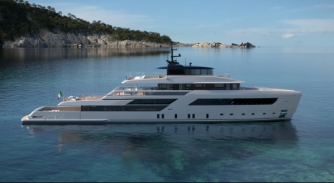
Sanlorenzo and MAN partner on bi-fuel engine
Sanlorenzo, in partnership with MAN, presents first yacht project with bi-fuel green methanol propulsion
Crew
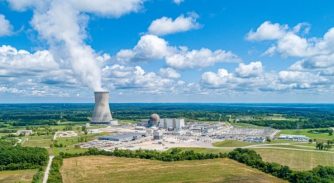
Nuclear-powered yachts: a viable option towards achieving net-zero emissions?
Imagine a very large yacht capable of cruising the world non-stop without refuelling or requiring an expensive chase boat. Could this become a reality?
Crew

Project 713 makes a splash
Launch of first Feadship yacht to carry solar cells for auxiliary power generation
Fleet
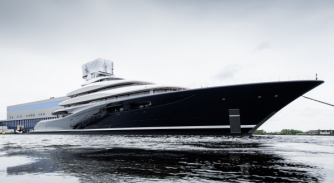
Feadship launches hydrogen fuelled superyacht
It might be the largest motoryacht to be launched in The Netherlands, but Project 821 is grabbing the headlines due to its technological breakthrough
Fleet
Related news
To B Corp or not to B
3 months ago
Sanlorenzo and MAN partner on bi-fuel engine
3 months ago
Project 713 makes a splash
10 months ago
Feadship launches hydrogen fuelled superyacht
12 months ago
NEW: Sign up for
SuperyachtNewsweek!
Get the latest weekly news, in-depth reports, intelligence, and strategic insights, delivered directly from The Superyacht Group's editors and market analysts.
Stay at the forefront of the superyacht industry with SuperyachtNewsweek



